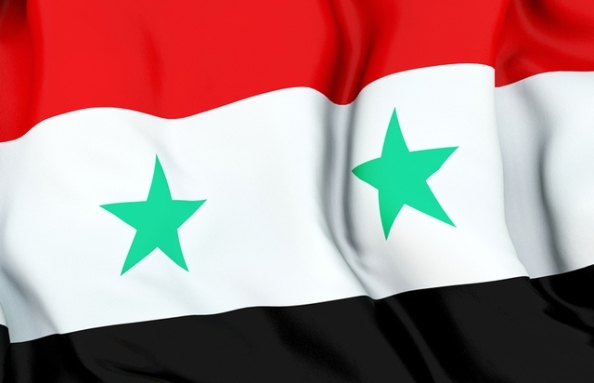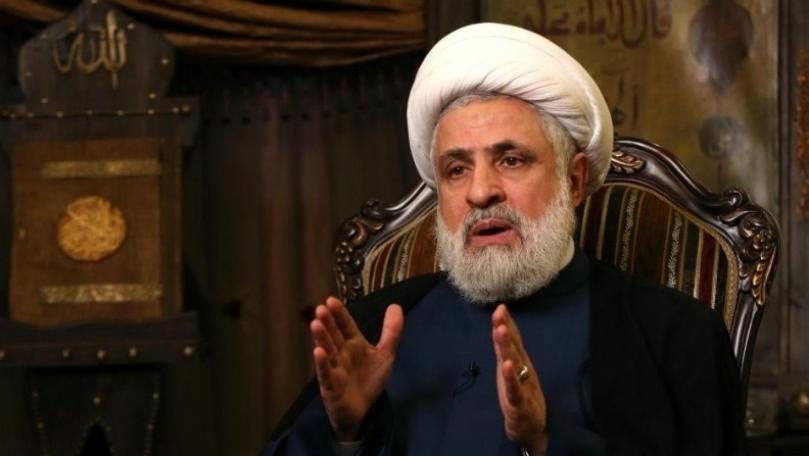Ras al-Ayn town, located in the Kurdish province of al-Hasaka, adjacent to the Syria's border with Turkey, reveals, in many ways, the complexity of the Syria's crisis.
It as an ethnically mixed town populated by Kurds and Arabs.
Different ethnic and religious groups used to live in peace, side by side, before the protests calling for Syrian president Bashar Assad to step down, morphed into an armed conflict that has claimed the lives of thousands of Syrians and forced many more to leave their homes.
In late November last year, the Free Syrian Army overran three security compounds in the Ras al-Ayn area and wrestled control of the town from the Syrian troops loyal to Assad.
But just days later, the opposition's gains were marred by weeks of infighting between Kurdish and other Syrian rebel groups over liberated territory.
Syrian rebel groups and a Kurdish group in northern Syria have recently reached a deal to end deadly infighting and unite behind a common goal - ousting Assad from power.
Typifying the truce between the Free Syrian Army (FSA) and the Syrian Kurdish Popular Protection Units (YPG) is their joint control of the town of Ras al-Ayn as it is known in Arabic or Serekaniye, as it is known in the Kurdish language.
Although the truce took hold, some residents are concerned that the trust and peaceful co-existence is threatened by absence of a proper structure of governance in the town and in the country.
"There is no establishment. There is no local authority, selected or voted to do its job," said a local teacher and Ras al-Ayn resident who did not want to reveal his name.









